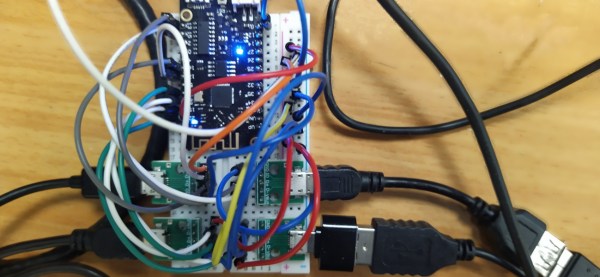These days we use USB as a default for everything from low-speed serial ports to high-capacity storage, and the ubiquitous connector has evolved into a truly multi-purpose interface. It’s difficult to believe then, that the first Apple Mac to be designed with a USB interface was shipped without it; but that’s the case with 1997’s grey Power Mac G3.
On the personality board are all the footprints for a single USB 1.1 port, but USB-hungry Apple fanboys had to wait for the translucent iMac and later G3 before they had a machine with the parts fitted. [Croissantking] is righting that particular wrong, by piecing together the missing Apple circuit using parts from contemporary cards for PCs. Over a long forum thread there are a few teething problems, but it certainly seems as though grey G3 owners will soon be able to have reliable USB upgrades.
If omitting USB from a 1997 Mac seems unexpected, it’s as well to remember how slow the first USB versions were. At the time SCSI was king in the high-speed peripheral world, and USB seemed more appropriate as a replacement for Apple Desktop Bus and the serial port. Even when they embraced USB they were reluctant to follow the standards of the PC world, as we remember finding out when for curiosity’s sake we tried swapping the mice and keyboards between an iMac and a Windows PC. We have USB’s success to thank for releasing Mac users from a world of hugely overpriced proprietary peripherals.
If you fancy hacking a ’90s PowerMac, make sure you get one that works.
Thanks [Doug] for the tip.













